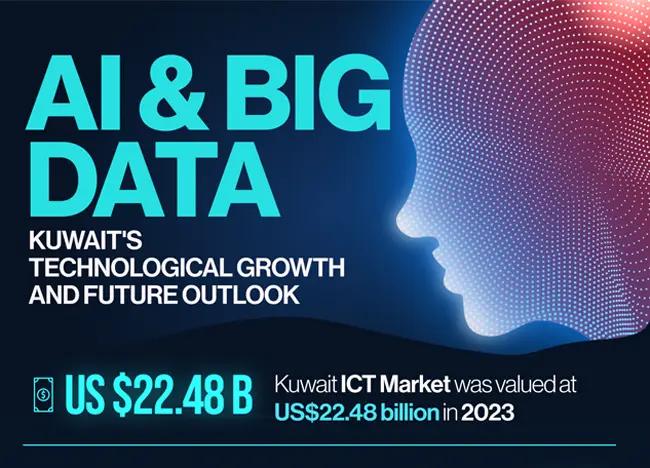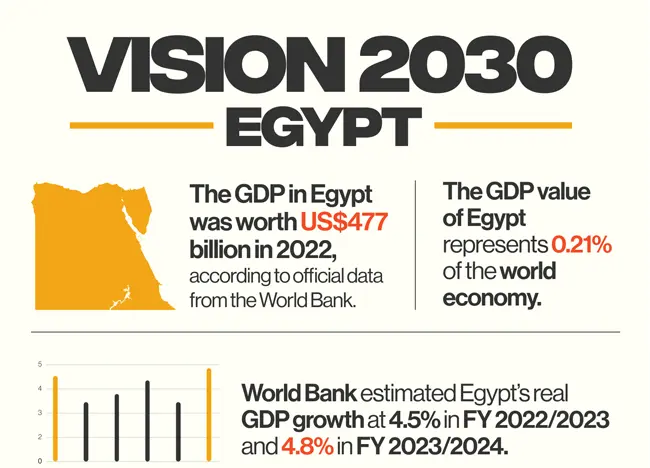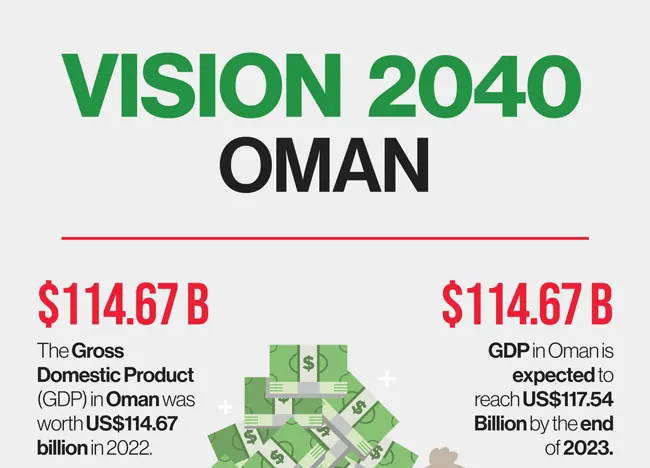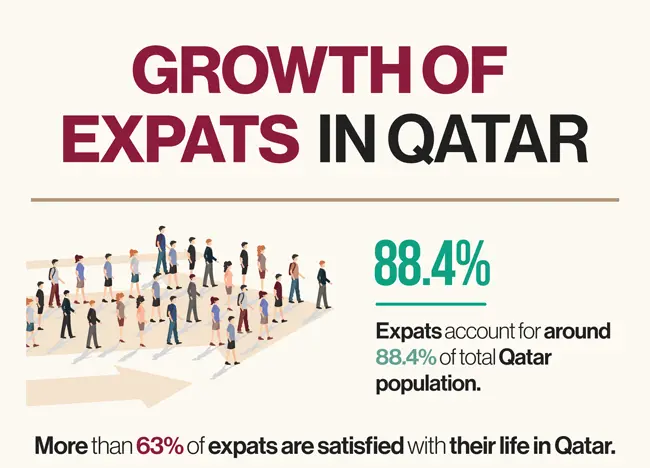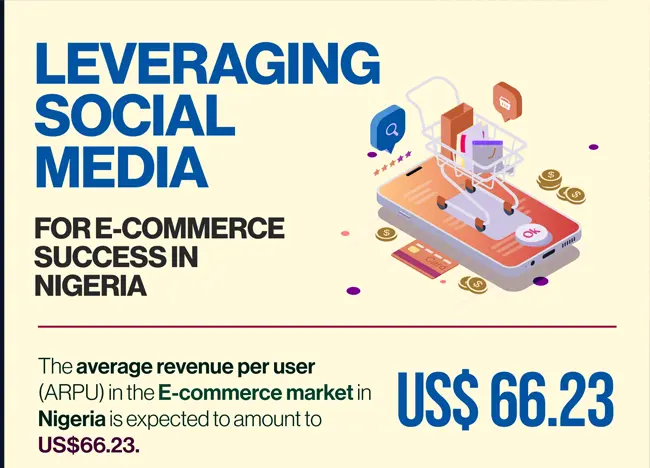Introduction
Iran's 20-Year Vision, spanning from 2005 to 2025, is an ambitious and comprehensive plan aimed at propelling the nation towards a sustainable and prosperous future. Since this is nation with a rich history and cultural heritage, it is laying the foundation for its future through a comprehensive 20-year vision. Central to this vision is a robust economic growth strategy, focusing on diversification, innovation, and global integration. In this article, we will explore Iran's economic growth objectives within this visionary plan. This visionary plan encompasses various sectors, from economy to education, aiming to propel Iran into a leading role on the global stage. Let us delve into the details of this ambitious vision and its potential impact on Iran and the world.

Infographics by GO-Globe Iran
Historical Significance
Economic Challenges
Throughout the 19th and early 20th centuries, Iran faced persistent foreign intervention and exploitation by major powers. Imperialist nations sought to control Iran's vast natural resources, particularly its oil reserves. This has caused economic challenges ranging from international sanctions to fluctuations in global oil prices. In recent decades, Iran has faced severe economic sanctions and trade embargoes due to political and nuclear concerns. These restrictions limited Iran's access to international markets, hampering foreign investments and impeding technological advancements. This exploitation severely hindered Iran's economic independence and development. These challenges have necessitated a visionary approach to ensure long-term economic stability.
Economic Visions and Strategies of History
The First Development Plan (1948-1955), marked Iran's initial attempt at a structured economic strategy. Formulated after World War II, this plan focused on industrialization and infrastructure development. It aimed to diversify the economy and reduce dependency on oil.
After the Islamic Revolution, Iran introduced a new economic plan with the objective of reducing the role of the state in the economy, promoting private sector growth, and achieving self-sufficiency in strategic sectors. Under the leadership of Mohammad Reza Shah Pahlavi, the White Revolution was introduced, encompassing a series of economic, social, and agrarian reforms. This included land reforms, women's enfranchisement, and industrial development initiatives, aiming for modernization and increased economic equity. Iran's past economic visions have primarily focused on oil-based revenues, leaving the country vulnerable to global oil market volatility. The 20-year vision represents a shift towards a more diversified and sustainable economic model.
Iran's 20-Year Vision: Goals and Objectives
Economic Diversification and Growth
In response to international sanctions, Iran initiated the Resistance Economy concept, launched in 2014, focusing on self-sufficiency, reducing dependence on oil revenues, and boosting domestic production and innovation. The primary goal of Iran's 20-year vision is to diversify its economy, reducing dependency on oil exports. This diversification is expected to drive sustainable economic growth and stability. The vision places emphasis on developing non-oil sectors such as manufacturing, agriculture, technology, and tourism. Diversification reduces vulnerability to oil price fluctuations and enhances economic stability.
Encouraging Foreign Investments
Iran actively seeks to attract foreign investments to boost its economy. The vision outlines plans to create a favorable investment climate by streamlining regulations, providing incentives, and ensuring investor protection. This influx of foreign capital fosters job creation, technology transfer, and overall economic growth. To encourage foreign investments, Iran also offers a range of incentives, including tax breaks, investment subsidies, and customs exemptions. These incentives are designed to enhance the return on investment and attract a diverse range of investors from different sectors. Moreover, Iran has designated Special Economic Zones strategically located across the country, offering unique advantages to foreign investors. These zones provide preferential treatment in terms of taxation, customs, and regulatory procedures, fostering an attractive investment destination. Iran also actively promotes Public-Private Partnerships (PPPs) to engage both public and private sectors in major projects. Collaborations with foreign investors in infrastructure, healthcare, energy, and other key sectors are encouraged to leverage expertise and investment capabilities.
Infrastructure Development
A well-developed infrastructure is vital for economic growth. Iran's vision prioritizes infrastructure projects, including transportation, energy, and telecommunications. This also includes enhancing transportation networks, promoting digitalization, and fostering innovation across various sectors. Modern and efficient infrastructure facilitates trade, attracts investments, and enhances the overall business environment. Investments in infrastructure and technology are pivotal for Iran's vision. The transportation infrastructure plan aims to improve connectivity both within the country and with the international community, facilitating efficient movement of goods and people. Investments are directed towards modernizing and expanding the energy sector, including oil and gas facilities, renewable energy projects, and a reliable power grid to meet growing energy demands. Enhancements in broadband connectivity, digital services, and e-government initiatives are central to this aspect of improving the telecommunications and information technology infrastructure.
Promoting Entrepreneurship and Innovation
The vision encourages entrepreneurship and innovation to drive economic growth. The vision focuses on creating an enabling environment for startups to thrive. This includes incubators, accelerators, and co-working spaces that provide budding entrepreneurs with the necessary resources, mentorship, and networking opportunities to turn their ideas into successful ventures. To encourage innovation, substantial investments are directed towards R&D across various sectors. Collaborations between research institutions, universities, and businesses are promoted to drive innovation, solve industry challenges, and develop cutting-edge technologies.
Educational reforms are a cornerstone of the vision, integrating entrepreneurship education into the curriculum at all levels. Special initiatives are outlined to encourage women and youth to participate in entrepreneurship and innovation. Tailored support programs, mentorship opportunities, and financial aid are provided to bridge the gender and generational gap in entrepreneurship. Furthermore, to provide startups and entrepreneurs with the necessary financial backing, the vision emphasizes establishing accessible funding mechanisms. Incentives such as grants, low-interest loans, and tax breaks are provided to encourage investment in innovative ventures.
Sustainable Development and Environmental Initiatives
Sustainability is at the forefront of Iran's economic vision. Investing in human capital is a cornerstone of the 20-Year Vision. The plan places substantial emphasis on education, skill development, and research. A highly skilled workforce is seen as pivotal in driving innovation, productivity, and competitiveness across various sectors of the economy. The plan recognizes the importance of sustainable development and environmental conservation. Policies are in place to promote clean energy, reduce pollution, and ensure sustainable use of natural resources for a greener and more sustainable future.
Read More Details for Future Economic Development: Bahrain's Digital Transformation: Digitization Of Economy In Lieu With Vision 2030
International Relations and Trade
Iran's Position in the Global Economy
Iran aims to strengthen its position in the global economy by fostering diplomatic relations and strategic collaborations with international partners. Iran recognises the importance of economic integration with its neighbouring countries and the wider world. The vision encourages the forging of economic agreements, trade partnerships, and investment treaties to enhance economic collaboration and promote sustainable development. Cultural exchange and Promoting Power has also been a major pillar to proceed with better international relations. By promoting its rich cultural heritage, arts, traditions, and literature, Iran seeks to enhance its soft power and build bridges of understanding across borders. In the digital age, cybersecurity is also of paramount importance. Iran seeks to enhance international cooperation in cybersecurity, sharing best practices and collaborating with other nations to ensure a safe and secure digital environment for all. Last but not the least, Iran is committed to contributing to global challenges such as climate change, poverty, and health crises. Active participation in global initiatives and sharing expertise demonstrates Iran's dedication to addressing shared problems at a global level.
Trade Agreements and Collaborations
With reference to diplomatic engagement and multilateral cooperation, Iran places a strong emphasis on diplomatic engagement with nations worldwide. Actively participating in international organizations and forums enables the country to contribute to global dialogues, discuss common challenges, and seek mutually beneficial solutions through cooperation. Iran envisions nurturing strong bilateral relationships with key nations. These partnerships are built on mutual respect, shared interests, and cooperation in various domains such as trade, technology, culture, and security, fostering peace and stability. The nation is actively engaging in trade agreements to boost exports and create new trade corridors, amplifying its economic reach.
Iran's 20-Year Vision and Future Economic Outlook: Facts, Figures and Latest Statistics
- GDP in Iran was worth US$388.54 billion in 2022.
- The GDP value of Iran represents 0.17% of the world economy in 2023.
- GDP in Iran is expected to reach US$402.53 billion by the end of 2023.
- In regard to the economic outlook, Iran is expected to experience a GDP growth rate of 2.05% in 2023 and 2024.
- In the long-term, Iran's GDP is projected to trend around US$410.18 billion in 2024 and US$417.56 billion in 2025.
- Real gross domestic product (GDP) in Iran grew by 3.8% in 2022/23, driven by expansions in services and manufacturing.
- GDP in current prices in Iran was forecast to increase between 2023 and 2028 by in total US$97.88 billion i.e. 26.57%.
- In 2022, the total number of foreign investments increased., as Iran is expected to experience a decrease in inflation from 40% in 2023 to 30% in 2024.
- The Iran construction market size was $181.5 billion in 2022. The market is projected to achieve an AAGR of more than 3% during 2024-2027, supported by investment in the oil and gas, transport, and housing sectors.
- Construction industry in Iran is expected to grow by 6.5% to reach IRR 2,516,729 billion in 2023.
- The construction output in the country is expected to reach IRR 3,133,384.9 billion by 2027.
- The growth momentum in Iran is expected to continue over the forecast period, and is expected to record a CAGR of 5.6% during 2023-2027.
- Iranian oil exports to China have increased by over 60% in August 2023.
- These exports to China from Iran have risen from around 917,000 barrels per day (bpd) from January to July to around 1.5 million bpd thus far in August 2023.
- There were 69.83 million internet users in Iran at the start of 2023, when internet penetration stood at 78.6%.
- Iran was home to 48 million social media users in January 2023, equating to 54% of the total population.
- Unemployment Rate in Iran increased to 9.70% in the first quarter of 2023 from 8.20% in the first quarter of 2023.
- Iran is facing poor economic conditions, with the value of the Iranian rial hovering around 490,000 rials to one US dollar as of August 2023.
Challenges to tackle for Iran's 20-Year Vision
Geopolitical Tensions and Sanctions
Iran grapples with ongoing geopolitical tensions, sanctions, and strained international relations. These factors hinder foreign investments, technology transfer, and economic growth, challenging the nation's ability to achieve its development goals.
Dependency on Oil Revenue
Historically, Iran has been heavily dependent on oil revenue, making its economy vulnerable to fluctuations in global oil prices. Diversifying the economy to reduce this dependency is a substantial challenge.
Youth Unemployment and Demographic Pressures
A growing youth population and high unemployment rates among the youth pose a challenge. Integrating these young individuals into the workforce and creating enough opportunities for them is crucial for societal stability and progress.
Technological Advancements and Innovation
Keeping pace with rapid technological advancements and fostering a culture of innovation presents a challenge. Iran must invest in research, development, and technology adoption to remain competitive globally.
Corruption and Economic Mismanagement
Addressing corruption and enhancing transparency in governance is a persistent challenge. Corruption affects economic growth and deters foreign investments.
Opportunities in the New Iranian Era
Strategic Location and Trade Routes
Iran's strategic geographic location places it at the crossroads of major trade routes. Leveraging this position can boost trade, investments, and economic integration with neighboring and distant economies.
Rich Cultural Heritage and Tourism Potential
Iran's rich cultural heritage and historical sites offer immense opportunities for tourism. Developing the tourism industry can contribute significantly to economic growth and job creation.
Renewable Energy Resources
Iran has abundant renewable energy resources, including solar and wind power. Investing in renewable energy can not only promote sustainability but also create a new sector for economic development and export potential.
Conclusion
Iran, with its rich heritage and potential for economic prosperity, has faced a range of economic challenges in its history. Overcoming these hurdles requires strategic planning, international cooperation, diversification of the economy, and effective policies to ensure sustainable and inclusive growth for the nation. Iran's 20-year vision was launched to tackle these challenges, since it represents a strategic roadmap for a prosperous and sustainable future. While addressing challenges like geopolitical tensions and environmental sustainability, and diversifying its economy, advancing technology, and strengthening international ties, Iran is poised to achieve long-term economic growth and improve the well-being of its citizens.
Gain More Insights on Vision 2030 KSA: Vision 2030: Expansion Of Construction Sector In KSA
Frequently Asked Questions (FAQs)
Q1: How does Iran plan to reduce its dependency on oil exports?
A: Iran intends to diversify its economy by investing in various sectors like manufacturing, agriculture, and renewable energy, reducing its reliance on oil exports gradually.
Q2: What are the key social development initiatives outlined in the 20-year vision?
A: The 20-year vision emphasizes enhancing education, healthcare, and social services to improve the quality of life for the Iranian population.
Q3: How is Iran addressing the impact of international sanctions on its economy?
A: Iran sees international sanctions as an opportunity to develop domestic industries, attract foreign investments, and bolster economic growth.
Q4: What role does technology play in Iran's 20-year vision?
A: Technology advancement is a pivotal aspect, with investments aimed at modernizing infrastructure, promoting digitalization, and fostering innovation across various sectors.
Q5: How does Iran plan to tackle environmental sustainability in its vision?
A: The vision includes a focus on sustainable agricultural practices, renewable energy adoption, and responsible industrialization to ensure environmental sustainability.
